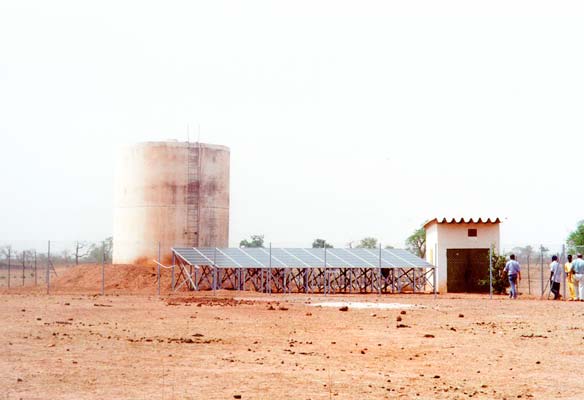The proposed working method is the drafting of a software tool, allowing the rationalisation and the automation of the project management tasks. Several software are already present on the market, but the added-value in the services are: personalisation and field experience. The philosophy is : “the software must adapt to the technique, and not the opposite”. Moreover, thanks to the acquired experience, it is possible to show the client unknown possibilities or risks to take into consideration.
Monitoring and evaluation of development projects ask for the storage and sorting of all the data generated, in order to remember the life of the project, easily produce activity reports, automate procedures, keep the decision-taking process objective.
Before the creation of the tool itself, brainstorming meetings are organised with the client, but also with the end-users, in order to precisely identify the actual needs, information circuits and physical constraints of the project.
Encoding of data is made through forms, that are as similar as possible to the paper documents.
If data are properly stored and sorted, the periodical activity reports are automatically published. Moreover, all along the life of the project, mails have to be sent (on paper or electronically) to the several stakeholders (funding agencies, beneficiaries, local administration, etc.). These mails, if they are systematic, can also be drafted by the software.
In the case of micro-projects financing, it is usually requested to take a decision on the order of priority for execution or eligibility. This decision can be made objective with a multi-criteria analysis and decision making (list of objective conditions, technical and administrative criteria, weight coefficient). This way, the ordering of priorities will be made by the computer-aided decision making tool, and no more by a single, subjective, person.
Finally, if the project management tool is linked to a visualisation application (GIS), the actions and works appear automatically and clearly on the map of the project area, according to an intuitive and didactic symbology.
Presentation of the activities to the hierarchy, the funding agencies, the beneficiaries is immediate and clear. The visualisation allows the drawing of conclusions on the geographical repartition of the activities.

